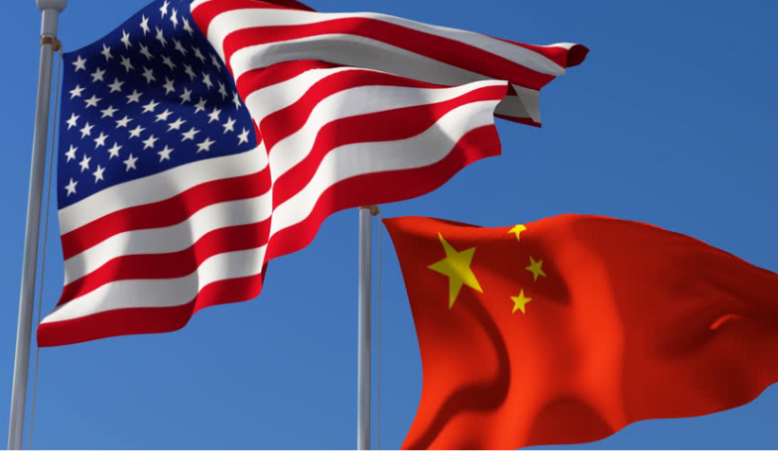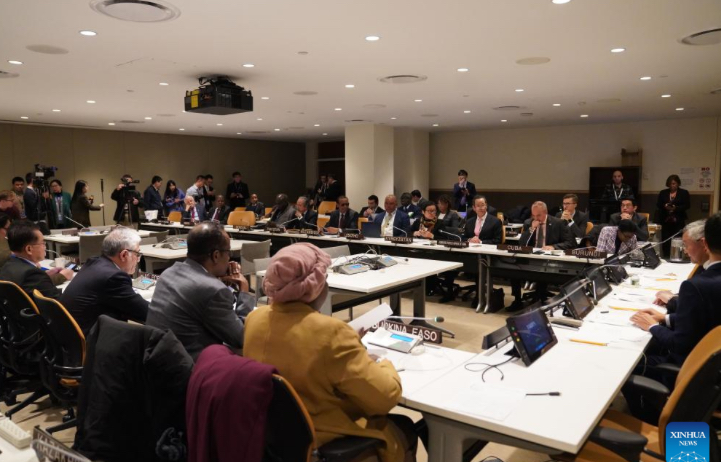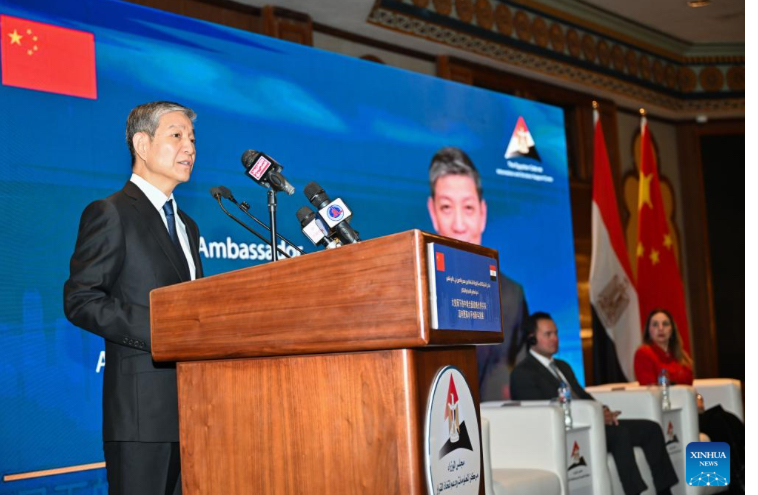By Staff writer
This week, The United States and China, the world’s two largest economies announced they had reached a “basic consensus” in trade talks, covering export controls, tariffs on Chinese shipping, agriculture, and other issues. While the agreement raises hopes of de-escalation in the longstanding trade war, it also prompts critical questions: what does this mean for Africa, and will the U.S. follow through on its commitments?
Though Africa is not a primary participant in the U.S.–China dispute, the continent feels the effects in several material ways. Many African economies rely either heavily or partially on commodities that China imports for its manufacturing and infrastructure-led growth. A slowdown in Chinese demand or growth can reduce prices or volumes of exports from Africa. For example, a CSIS brief found that the U.S.–China trade war could reduce GDP in resource-intensive African countries by up to 2.5 per cent. Further, if China’s economy stumbles as a result of the trade war, Africa could face serious headwinds, especially in mineral-rich nations such as Zambia, Angola, and South Africa.
As Chinese firms and global manufacturers seek to circumvent U.S. tariffs, some manufacturing is shifting away from China into other regions. Africa holds some potential to benefit from this “China +1” relocation strategy, as countries like Ethiopia, Kenya, and Egypt attract light manufacturing investments. However, Africa also faces increased competition from cheaper Chinese goods diverted to third markets, which can undercut local industries and slow progress toward industrialization.
China’s role as a major investor and creditor in Africa means that the trade war also indirectly affects investment flows and debt management. Through the Belt and Road Initiative (BRI), Beijing has financed ports, railways, and energy projects across the continent. Yet when China faces domestic or external pressures — such as reduced export revenues or slower economic growth — its ability to invest abroad diminishes. At the same time, U.S. protectionism or shifting trade priorities may weaken American trade and investment programmes in Africa, reducing diversification options for African economies that seek to balance relations between East and West.
Africa also imports large volumes of machinery, electronics, and consumer goods from China and the U.S. Disruption of supply chains, rising tariffs, and shifting trade routes can raise import costs and fuel inflationary pressures, impacting consumers and businesses alike. To counter these risks, many analysts argue that Africa must accelerate regional integration through initiatives like the African Continental Free Trade Area (AfCFTA) to reduce dependence on external markets and cushion itself from global shocks.
The announcement of a “basic consensus” between Washington and Beijing is encouraging, yet scepticismremains about whether the U.S. will honour its commitments. The agreement has been described as a framework or “positive foundation” for further talks rather than a fully binding settlement. Historically, U.S. trade policy has been volatile, with tariffs introduced and reversed quickly depending on domestic political winds. Internal pressures — including calls from industry groups and labour unions for tougher measures — complicate any trade deal’s implementation. For African economies that rely on predictable trade conditions, this uncertainty is troubling.
Nonetheless, there are reasons for guarded optimism. Both the U.S. and China benefit from stabilizing their trade relationship. Reducing tariffs can ease inflationary pressures for U.S. consumers and restore predictability to global supply chains. Moreover, both powers are aware that endless escalation is unsustainable. Early follow-through could help the U.S. rebuild credibility with its global trade partners, including Africa, where it competes with China’s growing economic influence.
For the consensus to hold, the two powers must convert their framework into concrete commitments — clear tariff schedules, enforcement mechanisms, and transparent monitoring. The U.S. must also align domestic legislation with its trade promises to prevent future reversals and demonstrate consistency to international partners. For Africa, observing whether Washington upholds its commitments will be a test of U.S. reliability as a long-term trade ally.
For African governments and businesses, this moment offers both opportunity and risk. They should monitor the evolving U.S.–China negotiations to anticipate shifts in global demand, trade routes, and investment patterns. The easing of tensions could stabilize commodity markets and lower import costs, but renewed confrontation could have the opposite effect. Africa should take advantage of the lull in tensions to deepen intra-African trade, attract diversified investment, and negotiate better terms with both powers.
The recently announced U.S.–China trade consensus presents an opportunity for global stability and for Africa to reposition itself strategically. Yet the real challenge lies in implementation. Will Washington follow through with consistent policies, credible engagement, and respect for its trade commitments? For Africa, the answer matters profoundly. The continent’s growth prospects, trade stability, and economic resilience will depend on how faithfully the U.S. and China honour their promises — and how deftly Africa navigates between them.




Alright folks, if you’re looking for some sweet slots online, bbjlslots is where it’s at! The games are pretty good, and I’ve had some decent luck there. Give it a shot, you might just win big! bbjlslots